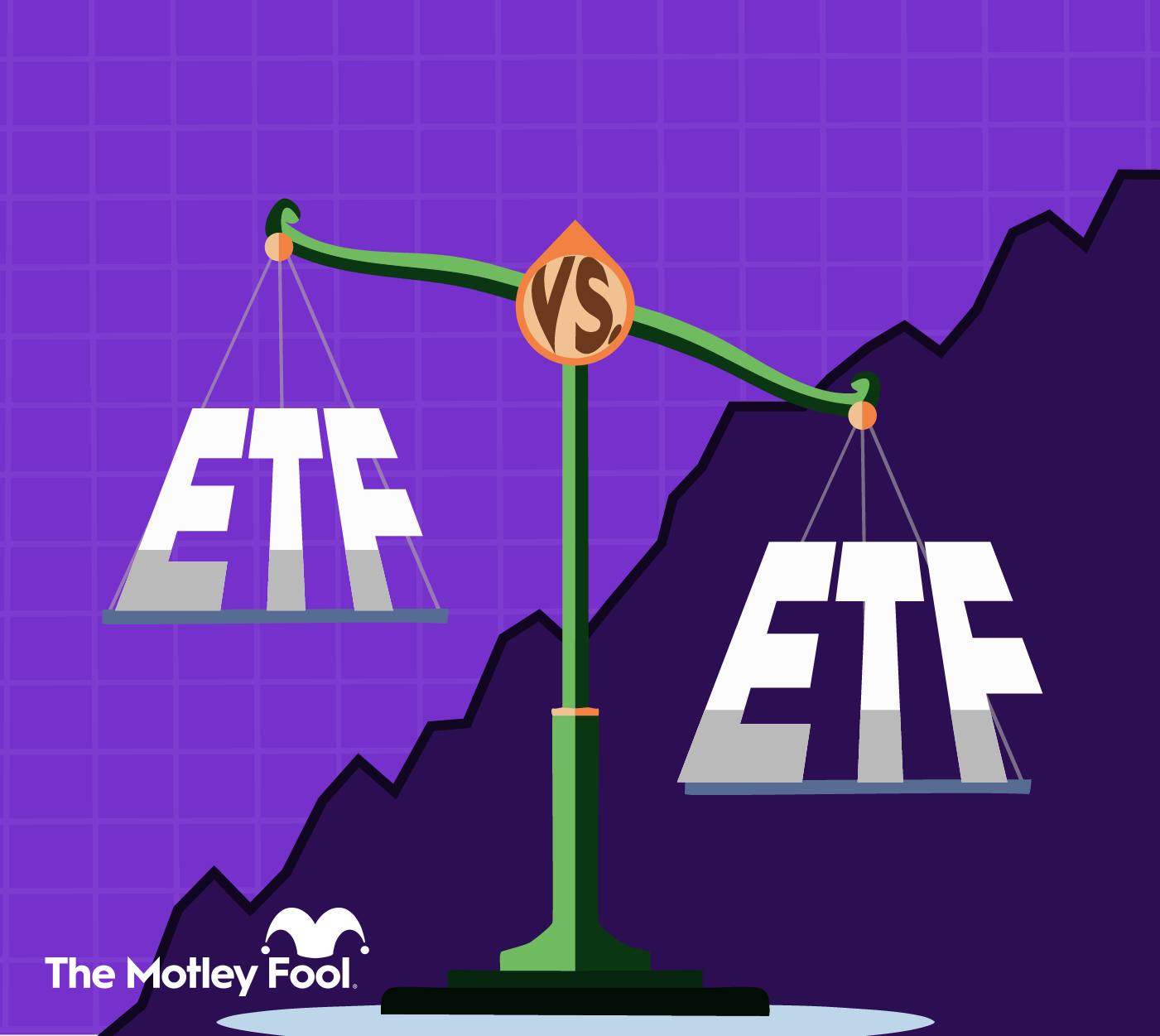X’s Bot Blunder: Crypto Posts or a Joke?
Ki Young Ju, the founder of CryptoQuant, has taken to X like a man with a quill and a grudge, declaring that the platform’s algorithm is as subtle as a sledgehammer. Instead of whacking bots, it’s punishing honest folks who dare to mention “crypto” with a straight face. 🧠





